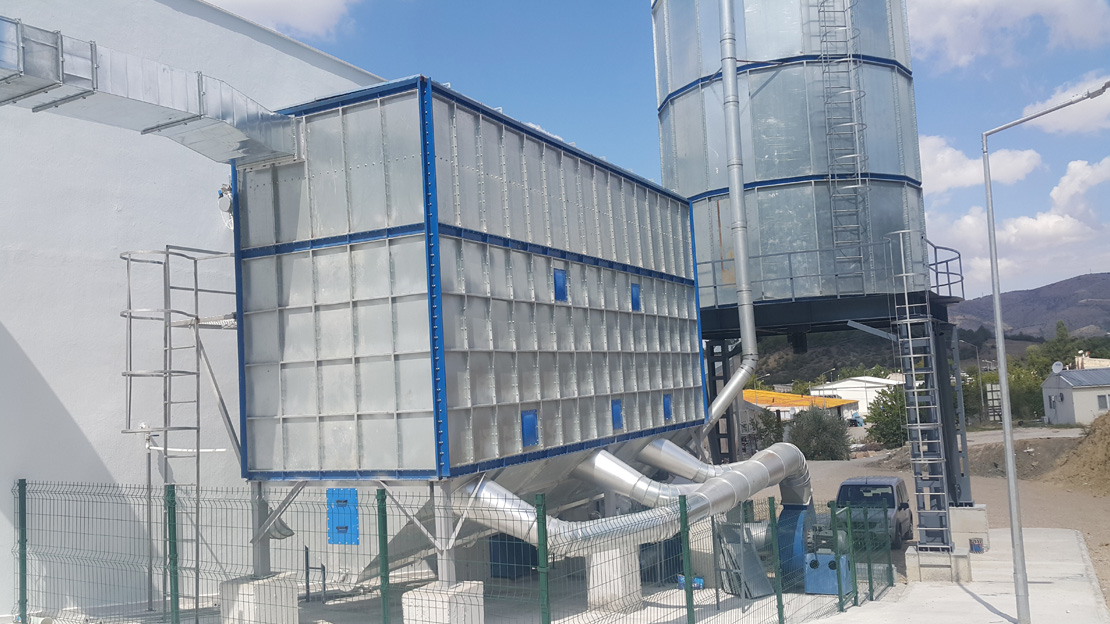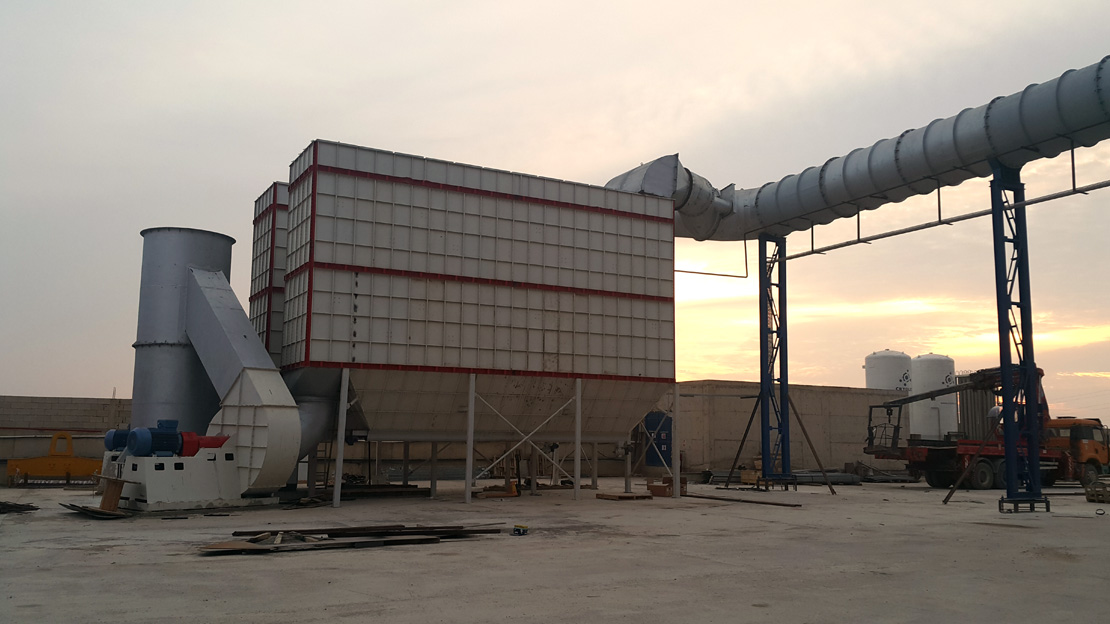








dust collection system regulations with the growing concern for the environment, dust collection systems have become a vital part of various industrial and manufacturing operations. state regulatory agencies regularly issue regulations and standards on the permissible quality of air released from production facilities. organizations and governments that focus on air quality are the occupational safety and health administration (osha), the mine safety and health administration (msha), the environmental protection agency (epa), the national ınstitute for occupational health and safety (nıosh), and the national fire protection association (nfpa). dust collection system regulation osha although osha has no dust collection system regulations, it does have regulations regarding the amount of dust that can accumulate in a manufacturing facility. there are requirements regarding combustible dust particles and how they are removed. the main focus of osha standards is a requirement of the measures a company takes to protect the health of its employees. regardless of the lack of dust collection standards, osha prefers that manufacturers have a dust collection system to control dust accumulation. dust collection regulations are related to factors to ensure the safety of workers. osha has regulations on dust exposure and defines harmful and hazardous types of dust. the organization has published exposure limits for all types of harmful dust. ın 2020, osha issued specific regulations regarding silica dust to reduce exposure to crystalline silica. osha regulation 1910.272 was specifically written to cover the required standards for seed and grain handling. ıt covers in detail the various processes that expose workers to harmful dust.
nfpa because dust and its accumulation are a potential fire hazard, the nfpa has developed requirements and standards for dust collection systems related to fire and explosion suppression. nfpa 68 – specifies how fires should be ventilated nfpa 69 – defines procedures for explosion control nfpa 652 and 654 – standards for safe and controlled handling of combustible materials and dust nfpa 484 - describes procedures for handling combustible metals epa – the epa regularly reviews the air quality standards specified by the clean air act's national ambient air quality standard for particulate matter. the agency has established dust lead hazard standards (dlhs) under the toxic substance control act (tsca). the provisions of the dlhs are guidelines for health inspectors. msha – msha-p13-03 – sampling procedures for mine respirable dust sampling
Bu site çerezler kullanır. Sitede gezinmeye devam ederek çerezlerimizin kullanımını kabul etmiş olursunuz.
Daha fazlası